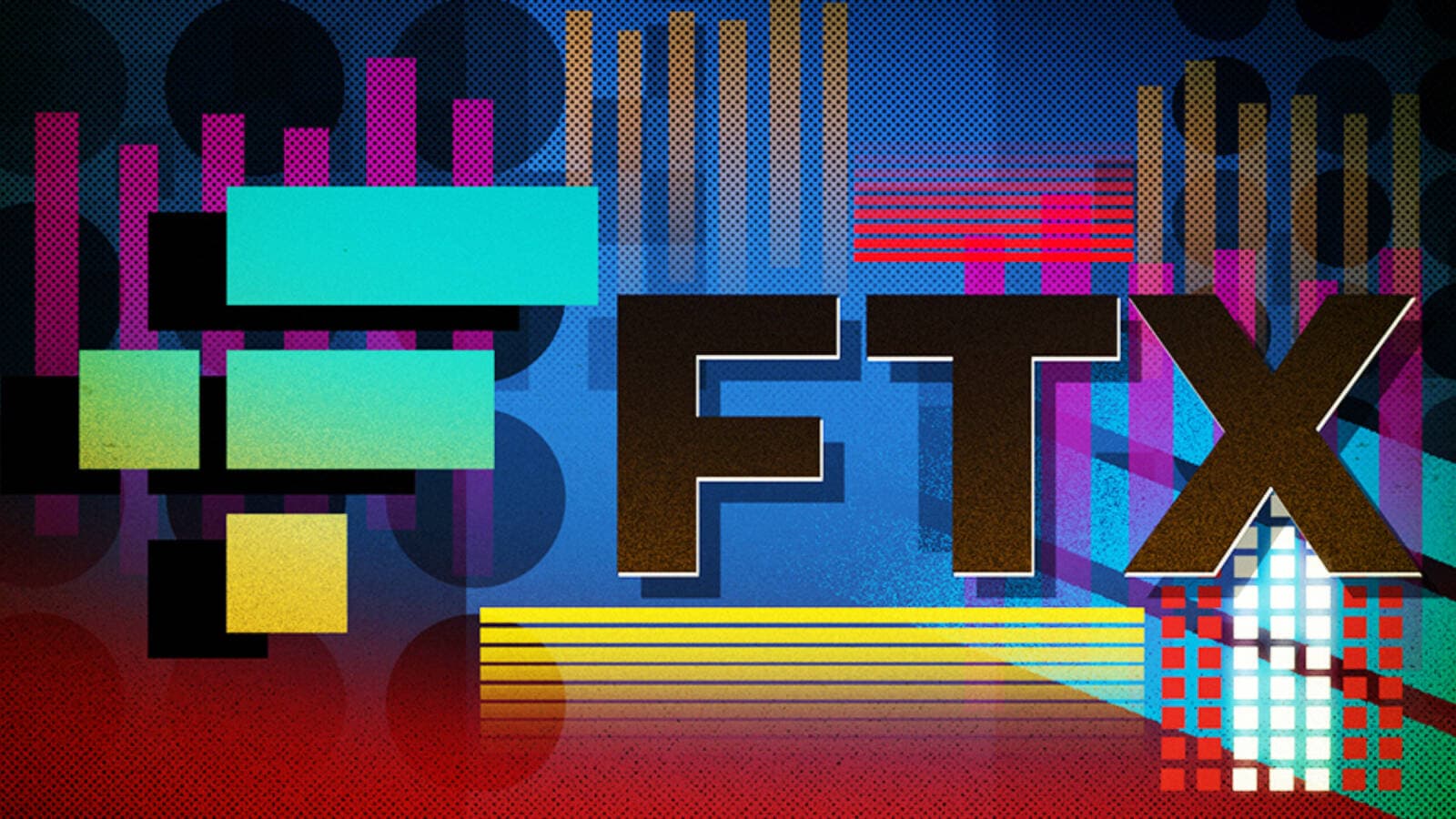5 Key Highlights From FTX Bankruptcy Filings
FTX supervisors would approve employee “payment requests” by responding with “personalized emojis”

Blockworks Exclusive art by axel rangel
By now, most in the cryptocurrency community have likely seen the FTX bankruptcy filings.
And as FTX’s new CEO John Jay Ray III put it, the internal management of the company was “a complete failure.”
“Never in my career have I seen such a complete failure of corporate controls and such a complete absence of trustworthy financial information as occurred here,” he said.
Ray III also shared some other insight into how the Bahamas-based cryptocurrency exchange that has fallen from grace operated.
Here are the highlights:
1. Access to confidential private keys
FTX did not comply with security controls with respect to digital assets. According to the filing, former CEO Sam Bankman-Fried and his co-founder and Chief Technology Officer Gary Wang “controlled access to digital assets of the main businesses in the FTX Group,” and used an unsecured group email account to access confidential private keys and other critically sensitive information.
2. Misuse of customer funds
Bankman-Fried’s free roaming days might soon be over after the bankruptcy filings revealed that FTX had used “software to conceal the misuse of customer funds” and ensured that Alameda was exempt from “certain aspects of FTX.com’s auto-liquidation protocol.”
3. Unaudited financials
The four silos — or groups of businesses — which made up the FTX group all provided quarterly financial statements. But, Ray said, “because this balance sheet was unaudited and produced while the Debtors were controlled by Mr. Bankman-Fried, I do not have confidence in it and the information therein may not be correct.”
4. Loans to themselves
Alameda Research provided loans to, well, themselves. This includes, a $1 billion to Bankman-Fried himself, a $543 million loan to Nishad Singh, who according to his LinkedIn, was the director of engineering at FTX, and a $55 million loan to Ryan Salame, the CEO of FTX Digital Markets.
To make matters worse, it was likely that much of these corporate funds were “used to purchase homes.”
5. No employee management
There was no employee management system, and “debtors have been unable to prepare a complete list of who worked for the FTX Group…or the terms of their employment.”
In fact, employees were paid by submitting “payment requests” on an “online chat platform.” Their supervisors will approve their requests and notify payment “by responding with personalized emojis.”
Further, Bankman-Fried had often communicated on “applications that were set to auto-delete after a short period of time, and encouraged employees to do the same.”
Get the news in your inbox. Explore Blockworks newsletters:
- The Breakdown: Decoding crypto and the markets. Daily.
- 0xResearch: Alpha in your inbox. Think like an analyst.






